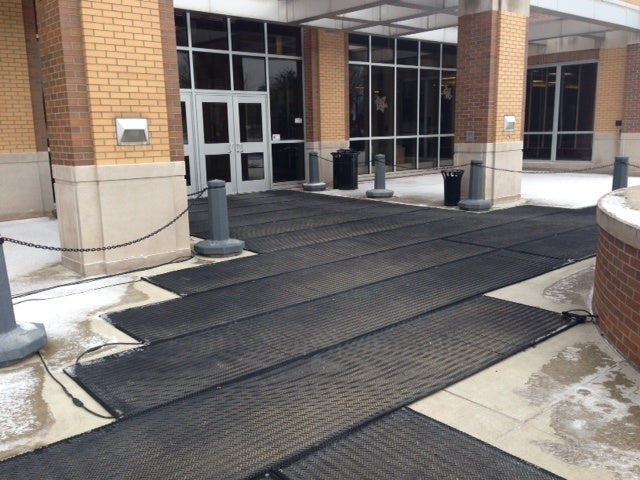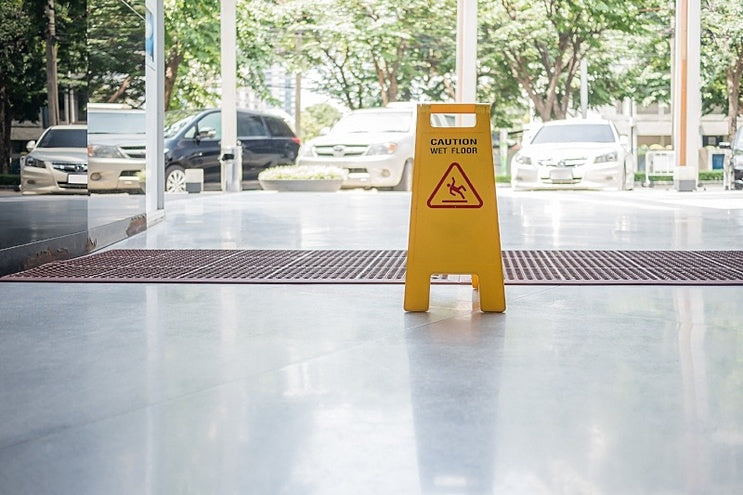
The way the winters have been looking over the past few years, there’s a good chance that you’re getting a lot of use out of your commercial snow removal equipment. Whether shovel, snow blower, or snow plow, your snow tools are your best friend throughout the winter.
So to ensure that they do, indeed, last throughout the winter, and ideally into the next, you need to make sure that each piece of equipment is properly stored in between uses.
Here’s a breakdown of best practices for whatever commercial snow removal equipment you prefer.
Shovels
Depending on the size and quality of your shovel, there are a few storage options. Plastic shovels can be replaced easily, so those aren’t a great concern. But as you are likely required to shovel longer walkways, and have thus possibly invested in a more expensive shovel (normally made from a combination of wood and aluminium parts), you’ll want to clean and store it correctly. Consider sanding down the handle before storing so splinters don’t surprise you with your next use. If your space is very limited, look into buying a compact, folding snow shovel, which come in various sizes and qualities.
Snow Blowers
Snow blowers are bulky, but a crucial investment for parking lots and long walkways. However, they can rust and corrode easily if they’re just covered with tarp or stuffed into a shed. Therefore, an indoor storage unit is your best option.
But presumably your storage unit is filled with other equipment that you need all year round. So, if you do need to store the blower outside, it is recommended that you elevate it on a platform so the ground moisture does not contribute to rust and corrosion of parts. If you are using a cover or tarp to cover it, make sure the material is breathable. As you consider these storage options, you might come to the conclusion that snow blowers are not the best form of snow removal! After all, you want to invest in long-lasting, easy-to-store equipment.
Heated Floor Mats
While it depends on the manufacturer, most heated snow melting mats are easily stored by rolling, folding, stacking or packing away. In this way, heat mats can provide a great alternative to other snow removal options for facility managers with storage units already over-filled with equipment.
You will, however, want to make sure that you assemble and disassemble your heat mats precisely according to manufacturer instructions to ensure all electronic parts material are is properly stored. And as with any electronic device, store in a cool, dry place with limited exposure to sunlight.
Sand and Sawdust
Stocked up on sand and sawdust this winter to throw down on your sidewalk and help with with traction for your patrons? Chances are you might have some leftover and wondering if it’s worth it to store for next year. If you have the room it might be worth it to store, but given the low-cost of these products and the bulky space they take up, it might be better to safely compost these materials.
Salts and Chemicals
While deicing solutions can be tempting to use in the winter due to their effectiveness and ease of application, storing salts and chemicals can be problematic because of their environmental effects. Since they are dangerous if ingested by pets, children, or critters, you want to store these chemicals in a very secure location that prevents any exposure to water or sun. Most state regulations require chemical salts to be stored inside a covered, waterproof structure. When this is not possible, cover your chemicals with waterproof material and store on a waterproof structure, so that you do not have any leaks occurring into soil or groundwater.
Following these tips will make sure that your equipment stays in tip-top shape all winter, and that your facility stays on the track for optimal and efficient snow removal.


